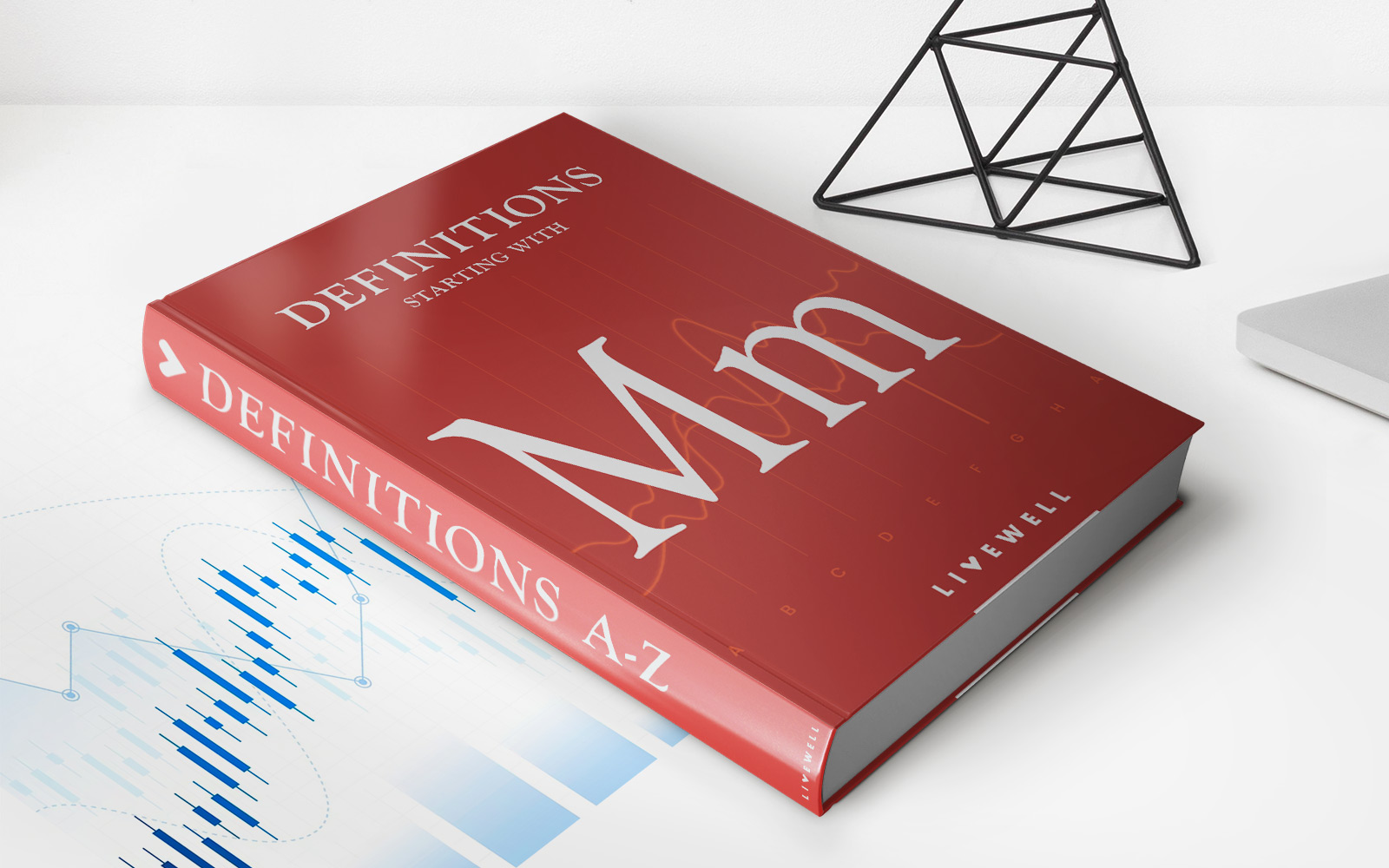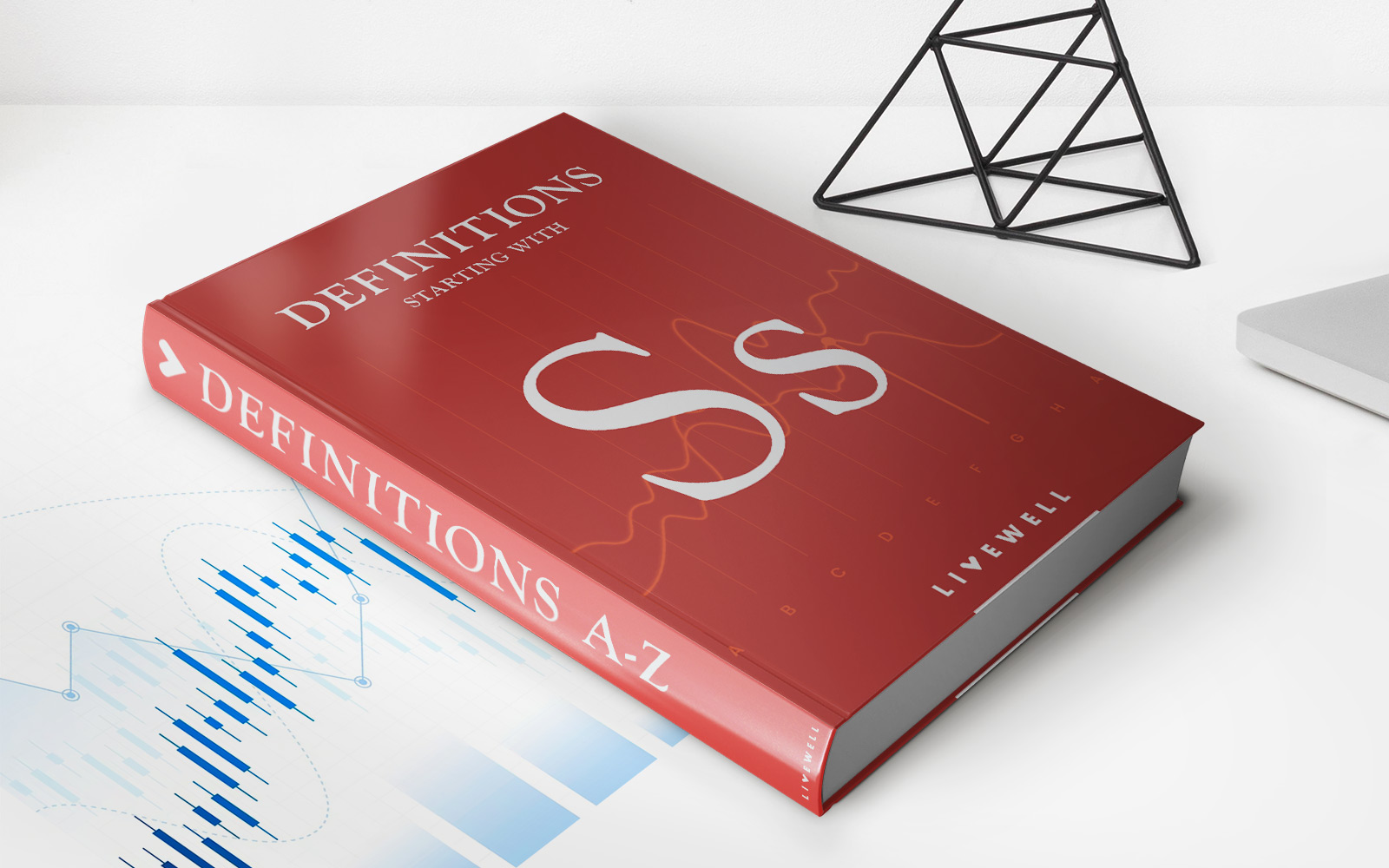

Finance
Money Flow Index – MFI Definition And Uses
Published: December 26, 2023
Learn about the Money Flow Index (MFI) definition and uses in finance. Discover how to use MFI to analyze market trends and make informed investment decisions.
(Many of the links in this article redirect to a specific reviewed product. Your purchase of these products through affiliate links helps to generate commission for LiveWell, at no extra cost. Learn more)
Money Flow Index – MFI Definition and Uses
When it comes to making smart financial decisions, understanding market indicators is crucial. One such indicator is the Money Flow Index (MFI). In this blog post, we will explore the definition and uses of the MFI and how it can help investors and traders predict market trends.
What is the Money Flow Index?
The Money Flow Index is a technical indicator used in finance to measure the momentum of money flowing into or out of a particular security. It combines price and volume data to generate a single value that determines the strength and direction of the money flow. Developed by Gene Quong and Avrum Soudack, the MFI is often used in technical analysis to identify overbought or oversold conditions in the market.
Key Takeaways:
- The Money Flow Index (MFI) is a technical indicator that measures the flow of money into or out of a security.
- It combines price and volume data to determine the strength and direction of the money flow.
How Does the Money Flow Index Work?
Calculation of the Money Flow Index involves several steps. The MFI takes into account the average price of an asset over a given period, as well as the volume traded during that period. It is calculated using the following formula:
MFI = 100 – (100 / (1 + Money Ratio))
Where:
- Money Ratio = Positive Money Flow / Negative Money Flow
- Positive Money Flow = Sum of money flow on up days
- Negative Money Flow = Sum of money flow on down days
The resulting value of the Money Flow Index can range between 0 and 100. A value above 80 is generally considered overbought, while a value below 20 is considered oversold.
Uses of the Money Flow Index
The Money Flow Index can be used in various ways to support investment decisions:
- Identifying Overbought and Oversold Conditions: Traders can use the MFI to identify when a security is overbought or oversold, indicating a possible trend reversal. When the MFI reaches extreme levels, it can signal a potential buying or selling opportunity.
- Confirmation of Divergence: The MFI can confirm divergences between price and volume. If the price of a security is rising, but the MFI is declining, it may indicate a weakening of the underlying trend.
- Determining Market Strength: By analyzing the MFI values over time, investors can assess the overall strength of the market. Increasing MFI values suggest positive money flow and potentially stronger market conditions.
It is important to note that the MFI is just one tool in a trader’s toolbox and should not be relied upon solely for making investment decisions. It is best used in conjunction with other technical indicators and fundamental analysis.
By understanding the definition and uses of the Money Flow Index, investors and traders can gain valuable insights into market trends and make more informed financial decisions. Whether you’re a seasoned investor or just starting out, incorporating the MFI into your analysis can help you stay ahead of the game.














